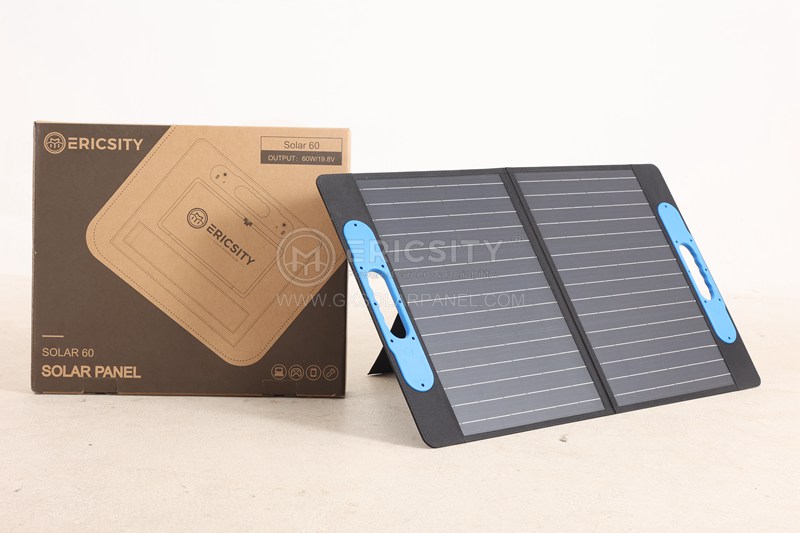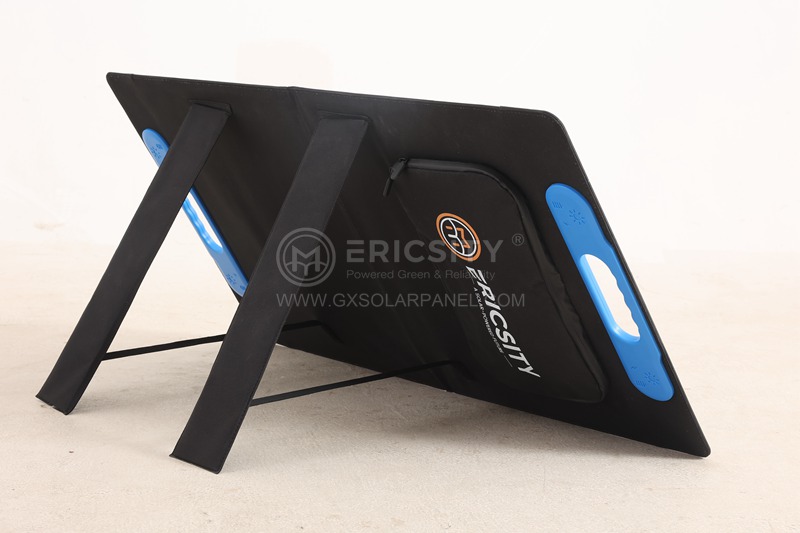HOT PRODUCT
Product Details
The Science Behind High-watt Panels: How The Most Powerful Ones Generate Energy
Title: The Science Behind High-Watt Panels: How the Most Powerful Ones Generate Energy
Introduction (50 words)
Over the years, solar panels have become an increasingly popular source of renewable energy. The efficiency and power of solar panels have significantly improved, with high-watt panels leading the way. In this article, we will delve into the science behind high-watt panels, exploring the unique technologies and processes that allow them to generate substantial amounts of energy.

1. Photovoltaic Effect and High-Watt Panels (100 words)
High-watt panels, also known as high-efficiency solar panels, employ advanced photovoltaic (PV) technologies to maximize their power generation. The fundamental principle behind this technology is the photovoltaic effect. When sunlight hits a solar panel, photon particles transfer their energy to the semiconductor material, creating an electric current. High-watt panels are designed to capture and convert as much sunlight as possible by utilizing advanced materials and construction techniques.
2. Monocrystalline and Multicrystalline Solar Cells (150 words)
One key factor that contributes to the high wattage output of solar panels is the type of solar cells used. Monocrystalline and multicrystalline solar cells are the most commonly employed technologies in high-watt panels. Monocrystalline cells, made from a single crystal structure, offer higher efficiency due to their uniformity. On the other hand, multicrystalline cells consist of multiple crystals and offer a cost-effective option without sacrificing significantly on efficiency.


3. PERC (Passivated Emitter Rear Cell) Technology (150 words)
High-watt panels often incorporate PERC technology to enhance their energy output. PERC cells feature a rear-side passivation layer that helps capture and absorb more sunlight. This technology enables the panel to achieve higher conversion efficiency by minimizing energy losses and mitigating the impact of shading.
4. Back-Contact Solar Panels (150 words)
Back-contact solar panels, such as interdigitated back contact (IBC) technology, are another innovative approach employed in high-watt panels. These panels have conductive contacts on the rear surface, eliminating shading losses and maximizing the surface area for sunlight absorption. Back-contact panels have higher efficiency and durability, making them suitable for applications where limited space is a concern.

Conclusion (100 words)
With the continued advancement of solar technology, high-watt panels have emerged as the frontrunners for solar power generation. By harnessing the photovoltaic effect and integrating various cutting-edge technologies, these panels significantly improve energy conversion efficiency. The use of monocrystalline and multicrystalline cells, PERC technology, and back-contact designs all contribute to their high-wattage output. As renewable energy demands continue to increase, high-watt panels offer a promising solution to meet the needs of a more sustainable future.
In conclusion, the science behind high-watt panels revolves around using advanced materials, innovative design, and breakthrough technologies to optimize energy output, providing a clean and efficient solution for meeting our increasing energy demands.




